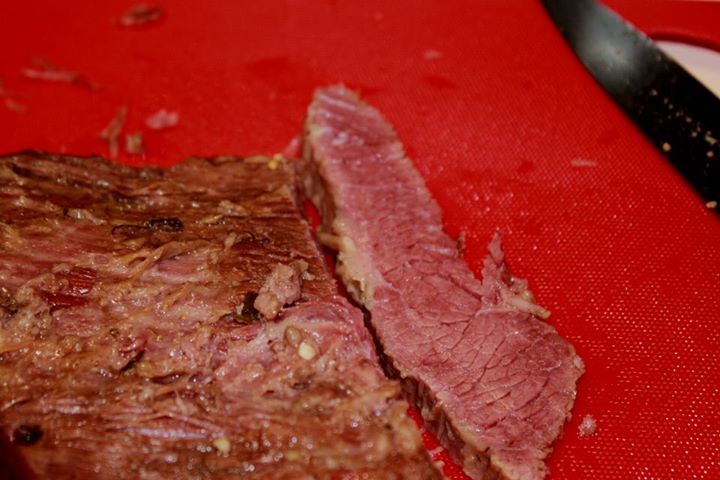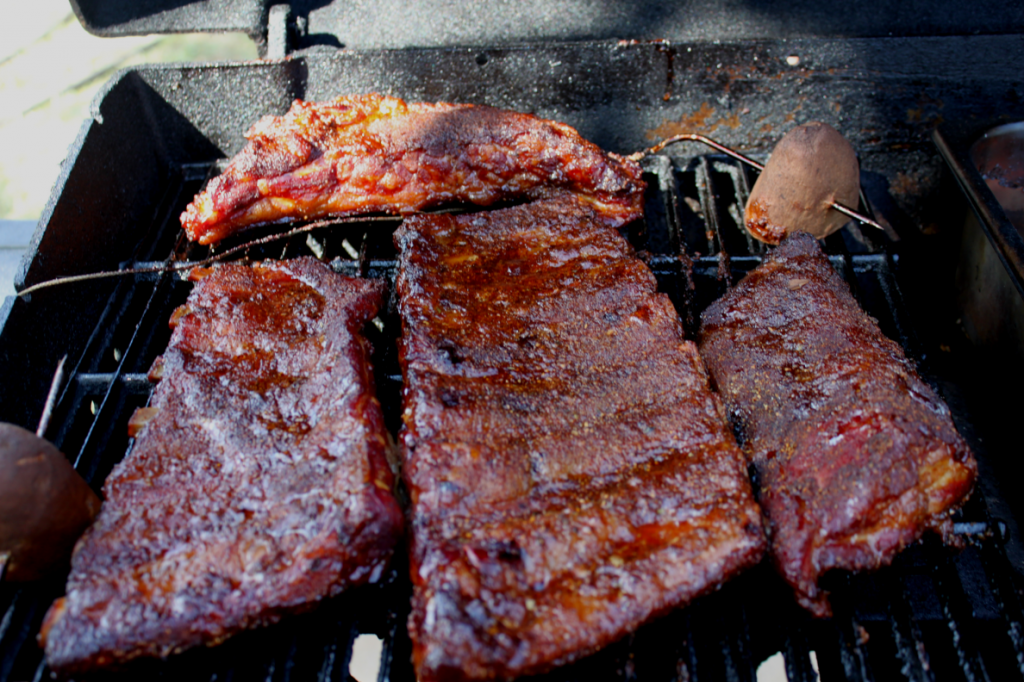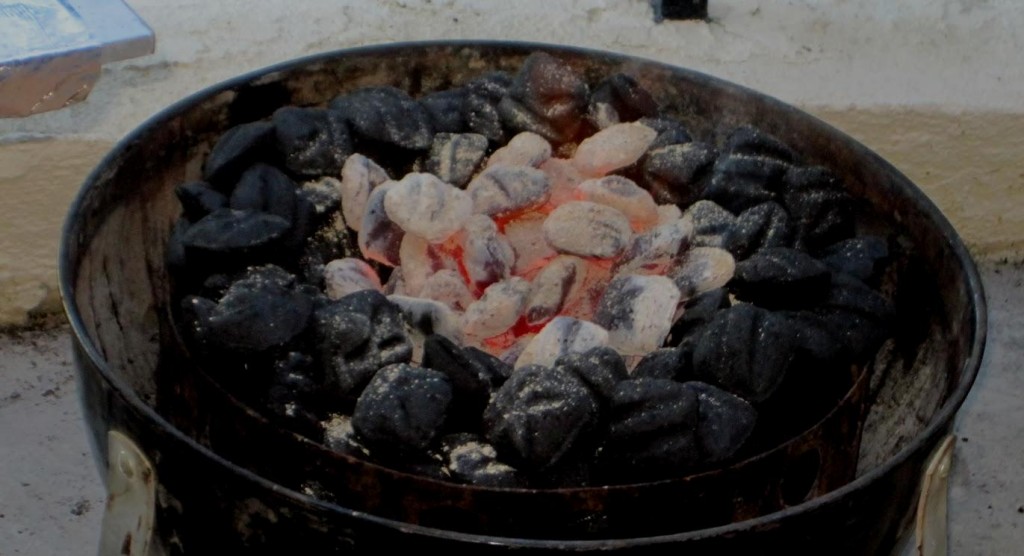
Aromatic Stuffing
- 3 Granny Smith or Macintosh (tart) apples, sliced
- 1 large or 2 medium white onions, skinned and cut into 6ths
- 2 Cups of chicken broth
- 2 tbsps dried Rosemary
- 2 tbsps dried Thyme leaves
- 2 tbsps Sage
- 2 tbsps Tarragon
- 1 large cinnamon stick broken into pieces
Herbed Butter
- 1 lb salted butter, room temperature, sliced into pats
- 1 tbsp dried Rosemary
- 1 tbsp dried Thyme leaves
- 1 tbsp Sage
- 1 tbsp Tarragon
Cooking Instructions
Make the herbed butter the night before. Blend 1 lb of softened butter with the herbs and form it into a log, by rolling it up in a piece of plastic wrap. Twist the ends so no butter is exposed to the air and refrigerate overnight.
Position oven rack so the turkey will be centered in the oven. Preheat the oven to 500ºF.
To prep the turkey, remove the package containing the neck, gizzard, etc. and set aside for making the gravy base. Pour a 1/2 cup of water into a microwave safe bowl or baking pan, put the aromatics in the pan with the water. The aromatics will be discarded after cooking, so don’t worry too much about cutting them up beautifully. Microwave for about 4 minutes on high. Remove and let cook until the cool enough to handle without burning yourself.
Take the butter out of the refrigerator, unwrap it and slice it into 1/4″ to 3/8″ thick disks. Loosen the skin over the breast portion of the turkey by working your hand up under it from the tail end. After loosening the skin, start working the butter disks in under the skin, pushing them as far as you possibly can. Continue until the breast area is completely covered with disks of butter. (This is much easier than trying to get softened butter under the skin with your fingers!)
Place a roasting rack in a roasting pan. Place the turkey on the rack, breast side up. Take the aromatics out of the dish and stuff them in both cavities. Pour any remaining water from the dish into the main cavity. Pour 1 cup of chicken broth into the main cavity. Try to secure the skin over the cavities using thin metal skewers.
Coat the outside with canola oil, sprinkle it with freshly ground black pepper and coarse ground salt.
Place the roasting pan in the 500ºF oven and add about a quart of water to the pan. Roast for about 30 minutes, or until the skin over the breast get golden brown. IMPORTANT: Keep an eye on it and don’t let it char the skin. Tent the breast portion of the turkey with aluminum foil and turn the oven down to 350ºF
I recommend using remote read thermometers inserted into the center of the breast and center of the thigh.
Keep an eye on the water level in the pan and add more as necessary, don’t let the pan go dry.
Roast until the breast reaches 155ºF and remove the foil tent to let the skin crisp up again. Remove from oven when breast reaches 160ºF and the thigh reads 180ºF. Let it rest for 30 minutes before carving.
Gravy Base
- neck, gizzard, heart
- 1 tbsp minced garlic
- 1/4 cup minced onion
- 4 Cups of chicken broth
- 1 tbsp dried Rosemary
- 1 tbsp dried Thyme leaves
- 1 tbsp Sage
- 1 tbsp Tarragon
- 1/2 tsp ground black pepper
- 2 tsps kosher salt
Place the neck in a baking pan and roast at 350ºF until it is well browned on the outside. Slice up the gizzard and heart. Place the roasted neck, and the gizzard and heart in a large sauce pan. Add 1 cup of chicken broth and then add water to cover the neck by about 1/2″. Bring to a full boil and then reduce heat the low and let simmer for 2 hours. After simmering, remove turkey pieces from liquid and discard. Bring temperature up to medium and reduce the liquid by half. Set aside for making gravy later.




